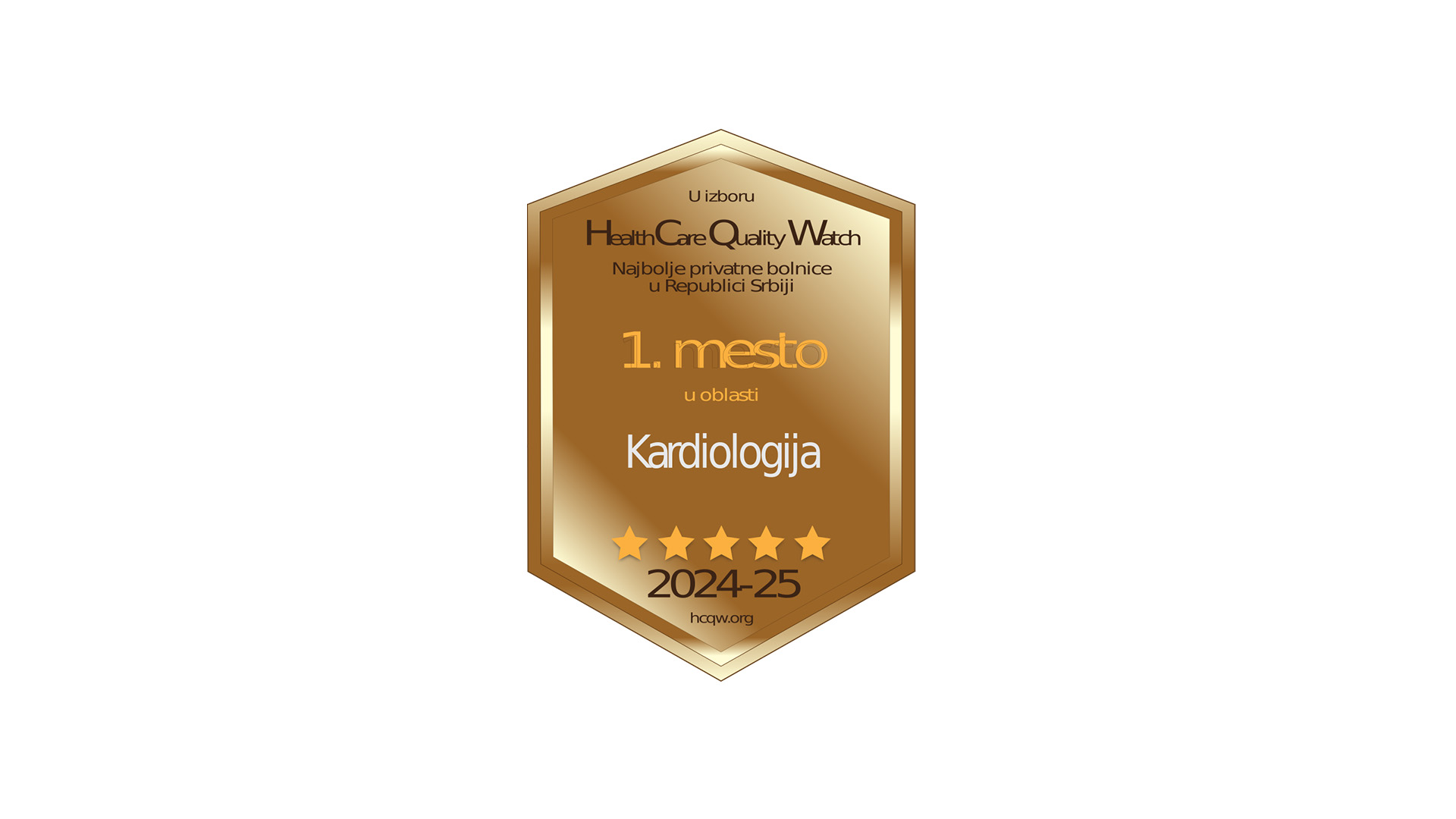There are several types of echocardiograms, including Doppler echocardiogram, stress echocardiogram, 3D (three-dimensional) echocardiogram, transthoracic echocardiogram, and transesophageal echocardiogram.
What does cardiac ultrasound (echocardiogram) represent?
Echocardiography (ECHO) represents a graphic representation of the motion and function of the heart. The doctor often combines echocardiography with Doppler ultrasound to assess blood flow through the heart valves. Echocardiography does not use radiation, which is an advantage compared to other diagnostic methods such as X-ray imaging and CT scanning, which involve the use of small amounts of radiation.
What can be learned through echocardiography?
Echocardiography can reveal various types of heart conditions, including:
Changes in heart size. Weakened or damaged heart valves, high blood pressure, or other diseases can cause enlargement of the heart chambers or thickening of the heart muscle.
Cardiomyopathy. A disease of the heart muscle characterized by changes such as thinning, thickening, or reduced elasticity of the cardiac muscle.
Pumping function. Measures obtained through echocardiography include the percentage of blood pumped out of a filled chamber with each heartbeat (ejection fraction) and the volume of blood pumped by the heart in one minute (cardiac output).
Atherosclerosis. Gradual buildup of fatty materials and other substances in the arteries, which can lead to problems with the movement or pumping function of your heart.
Cardiac arrhythmia. Echocardiography can assess whether the heart has a regular heartbeat rhythm.
Infective endocarditis. Endovascular infection of cardiovascular structures, typically involving heart valves but sometimes also large blood vessels.
Heart failure (cardiac insufficiency). A condition in which the heart muscle is weakened and unable to effectively pump blood to the organs. This can lead to fluid accumulation (congestion) in blood vessels and lungs, as well as edema (swelling) in the feet, ankles, and other parts of the body.
Pericarditis. Inflammation or infection of the pericardium, the membrane that surrounds the heart.
Pericardial effusion or tamponade. A condition that occurs due to the accumulation of fluid in the pericardium, resulting in pressure on the heart muscle, which impairs its normal beating and pumping of blood. This condition is life-threatening.
Defects in atrial or ventricular septum walls. These defects occur in the upper atria or lower ventricles of the heart. The condition can lead to heart failure or poor blood flow. They are among the most common congenital heart defects.
Valvular heart diseases. Malfunction of one or more heart valves that can cause disruption of blood flow within the heart. An echocardiogram can also assess the presence of tissue infection in the heart valve.
Aneurysm. Enlargement and weakening of a part of the heart muscle or the aorta (the large artery that carries oxygenated blood from the heart to the rest of the body). An aneurysm may be at risk of rupture.
Congenital heart disease. Defects in one or more heart structures that occur during fetal development, such as ventricular septal defect (a hole in the wall between the two lower heart chambers).
Cardiac tumors. They can appear on the outer surface of the heart, within one or more chambers, or within the heart muscle tissue (myocardium).
How often should a cardiac ultrasound be performed?
Heart examinations that include ultrasound should ideally start around the age of 25. It is recommended to have these examinations every two to four years if there are no symptoms or inherited risks of developing heart disease.
The frequency of repeating an echocardiogram depends on the findings of the initial test. If the initial echocardiogram results were normal and there are no new symptoms, there is no need for a repeat unless specific circumstances arise. Conditions such as heart failure and heart valve disease are the most common conditions that may require more frequent ultrasound examinations. The frequency of echocardiograms may vary depending on the severity of the disease. For instance, severe aortic valve stenosis typically requires monitoring every 6-12 months, while milder cases may be monitored every three years. Similar principles apply to the monitoring of other valve pathologies. It’s important to note that these are rough guidelines, as the need for cardiac ultrasound is determined by the physician based on the patient’s condition.
State-of-the-art cardiac ultrasound examinations are performed by esteemed experts in the field of cardiology at PULSE Cardiology Center, including Dr. Aleksandar Cicović, Dr. Svetislav Mališić, Dr. Goran Popović, Dr. Sci. Med. Aleksandra Đoković, and others.





